Aquaculture plays an important role
Currently, our country's aquatic products have been exported to more than 100 countries and territories around the world. In recent years, our country's aquatic product output has reached more than 9 million tons/year, with an export turnover of 9-10 billion USD/year, making a very important contribution to the national economy . In particular, aquaculture products always dominate both output and export value, while contributing to creating jobs for many workers.
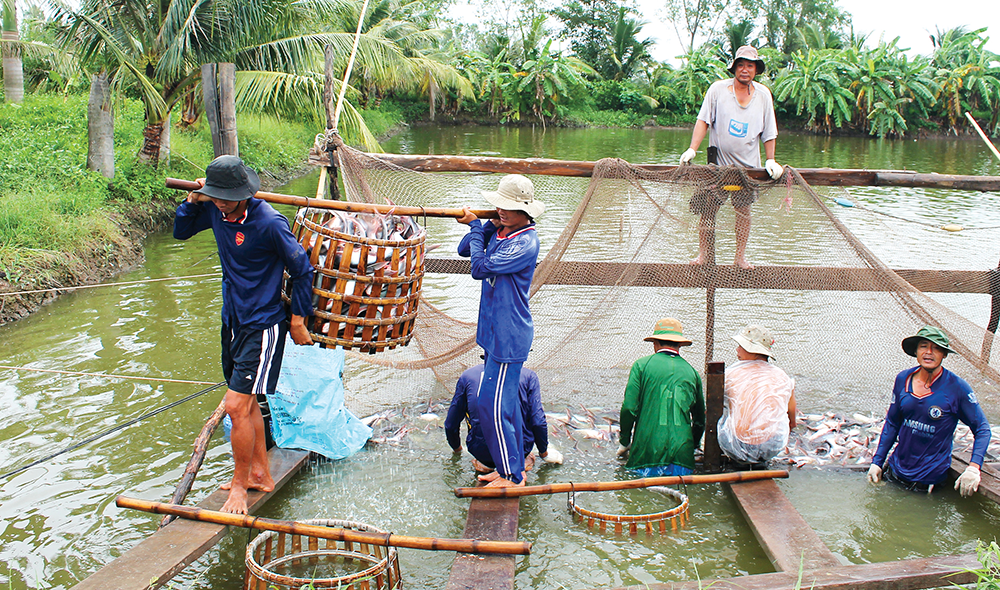
Harvesting pangasius fish at a household in Can Tho city.
In fact, over the first 10 months of 2025, aquaculture continues to account for a much larger output than exploited seafood. According to the Department of Fisheries and Fisheries Control, Ministry of Agriculture and Environment (MARD), the total output of aquaculture and exploited seafood in the country in the first 10 months of 2025 reached more than 8.15 million tons, an increase of 3.1% over the same period in 2024. Of which, aquaculture output reached 4.88 million tons (including 3.2 million tons of fish, 1.14 million tons of shrimp...), exploited reached 3.28 million tons. Seafood export turnover in the first 10 months of 2025 reached 9.3 billion USD, an increase of 12.9% over the same period last year.
Our country's fisheries sector is in the process of strong transformation towards green growth and value-added development. Many localities have paid attention to reducing exploitation activities to regenerate and protect aquatic resources. At the same time, promoting the development of increasingly diverse aquaculture of many aquatic species with high economic value to meet market demand, promoting local potentials and advantages. However, the development of the sector is still facing many challenges, in which the risk of dangerous disease outbreaks and some emerging diseases in aquaculture are worthy concerns.
According to the Department of Aquatic Disease Management, Department of Fisheries and Fisheries Surveillance, in the first 10 months of 2025, 285 communes and wards in 18 provinces and cities announced aquatic disease outbreaks, with a damaged area of 6,746 hectares, accounting for 1.49% of the farming area. Localities with large damaged areas include Ca Mau, An Giang, Can Tho and Vinh Long.
Towards safe and sustainable production
Faced with serious challenges from epidemics that threaten the sustainable development of the fisheries sector, the Department of Fisheries and Fisheries Surveillance recently coordinated with the Department of Agriculture and Environment of Can Tho City and the German Development Cooperation Organization (GIZ) to organize a workshop on “Solutions to prevent and treat some dangerous and emerging diseases in aquaculture”. The event brought together leading managers, scientists and experts to find breakthrough directions, contributing to promoting safe and sustainable aquaculture.
To improve the effectiveness of aquatic disease management and prevention, many experts and delegates believe that the authorities need to promote information, training, and update knowledge for people and businesses in aquatic disease prevention and treatment. Build a national database on aquatic diseases to proactively prevent, monitor, and provide early warning of diseases nationwide, shifting from passive prevention to proactive management. Strengthen research, production, and use of vaccines and biological products in aquatic disease prevention. Develop aquaculture facilities certified as disease-free, associated with expanding safe farming areas, tracing origins for export, etc.
According to Dr. Tran Huu Loc, Ho Chi Minh City University of Agriculture and Forestry, it is necessary to have a system for collecting data, connecting information and developing certified disease-free farming facilities. Building a production process to control pathogens, investing in water treatment infrastructure, designing scientific farming areas... Only when we do it systematically can we expand production and business and develop sustainably.
According to Mr. Nguyen Tan Nhon, Deputy Director of the Department of Agriculture and Environment of Can Tho City, after merging with Soc Trang and Hau Giang provinces, Can Tho City has all types of ecosystems from freshwater, brackish water to saltwater, creating diverse conditions for aquaculture activities. Currently, the city has a brackish water shrimp farming area of about 51,000 hectares, freshwater aquaculture area of 42,000 hectares. Due to the impact of climate change and harsh weather factors, many diseases have also developed complicatedly, affecting aquaculture. Some dangerous diseases have arisen, especially in shrimp farming areas. Many small-scale traditional farming households have had to stop operating because shrimp prices have not reached the level people expected and the complicated disease situation has increased risks, making farmers unprofitable. In that context, the industrial farming model, with good disease management thanks to proactive control of water and input factors for production, has proven its ability to survive and develop.
According to Mr. Le Van Khoa, National Technical Director, Grobest Vietnam Company, the number of aquaculture facilities that have been certified as animal disease safety according to Circular No. 24/2022/TT-BNNPTNT is still low. The reason is that people and businesses are still reluctant to implement it because it costs a large amount of money, while many people have not yet seen all its benefits in disease prevention and helping to expand the product consumption market. State authorities need to increase information, propaganda and support people and businesses to build and develop disease-safe aquaculture facilities.
According to Mr. Nhu Van Can, Director of the Department of Fisheries and Fisheries Control, our country's fisheries sector is developing very well, especially aquaculture. Besides traditional key products such as shrimp and pangasius, the industry is witnessing the rise of new groups of products with high value and fast growth rates such as bivalve mollusks, tilapia and eel. However, aquaculture production activities still have the potential risk of disease, along with technical and trade barriers. Intensive farming models, although bringing high productivity, also increase the risk of disease, requiring prevention, control and control to be given top priority to ensure sustainable development.
Article and photos: KHANH TRUNG
Source: https://baocantho.com.vn/nang-cao-nang-luc-phong-chong-dich-benh-trong-nuoi-trong-thuy-san-a193957.html




![[Photo] Action for the Community tells stories of enduring journeys – both intimate and great, yet quiet and determined](https://vphoto.vietnam.vn/thumb/1200x675/vietnam/resource/IMAGE/2025/11/15/1763179022035_ai-dai-dieu-5828-jpg.webp)


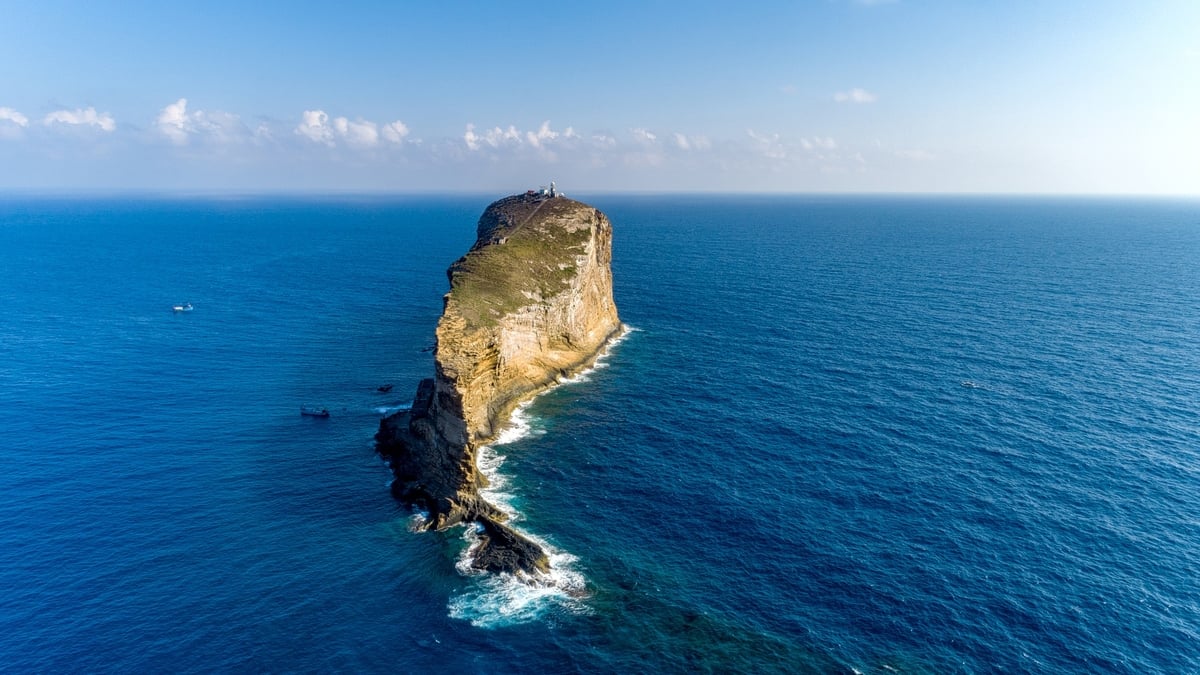
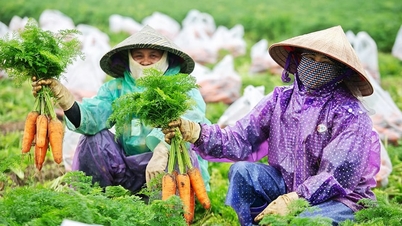

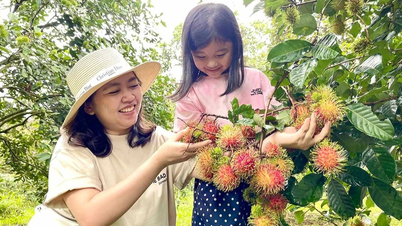



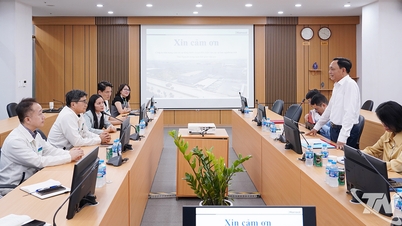

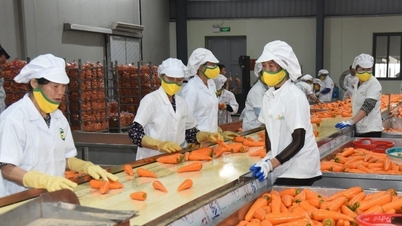










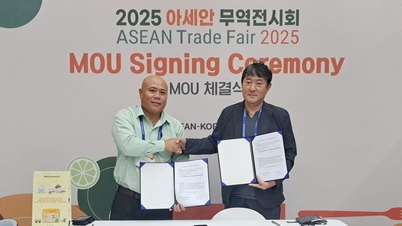







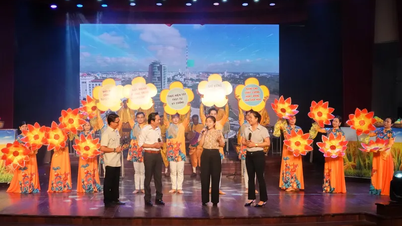
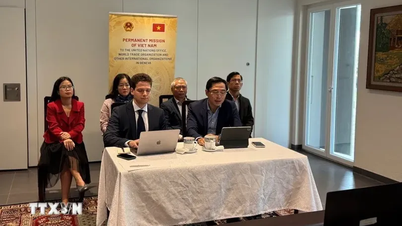






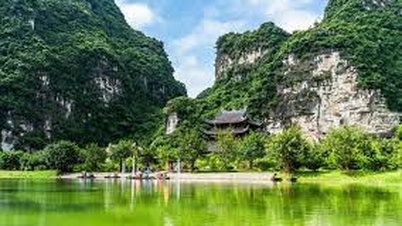


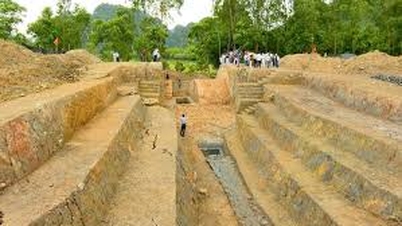

































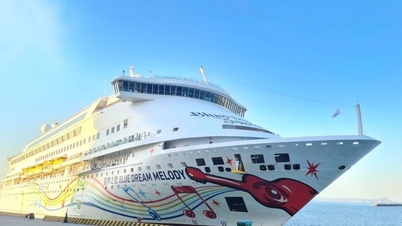

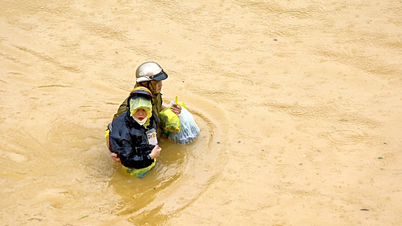


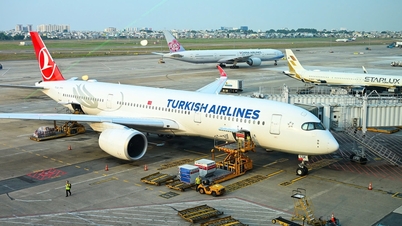



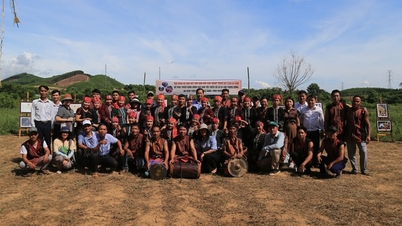
























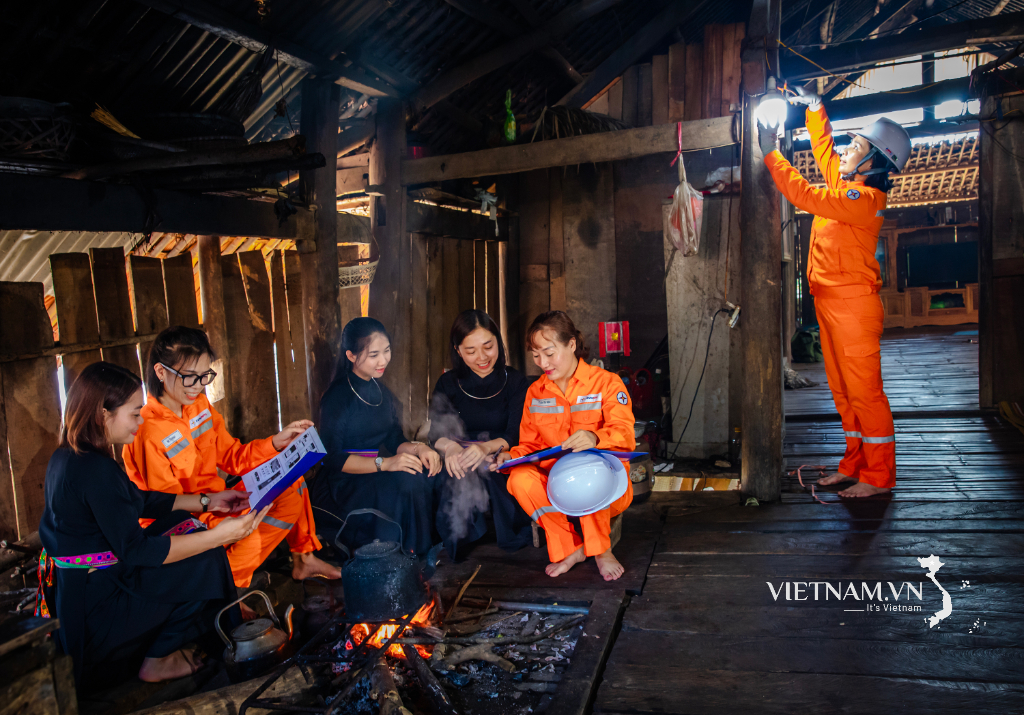
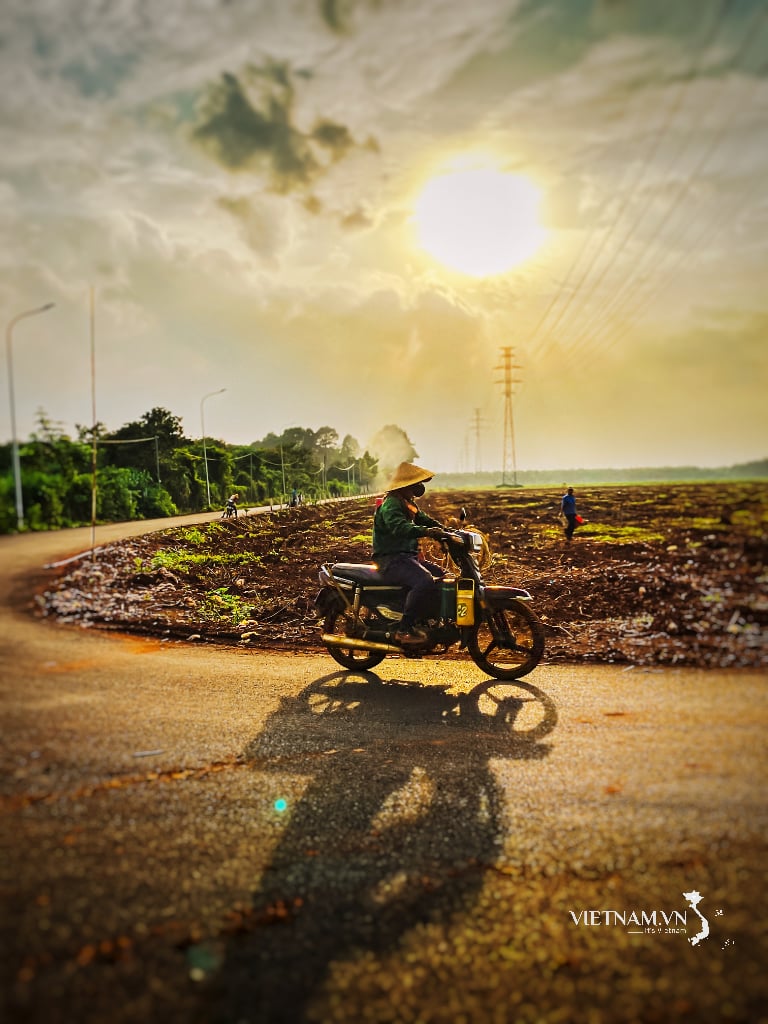

Comment (0)